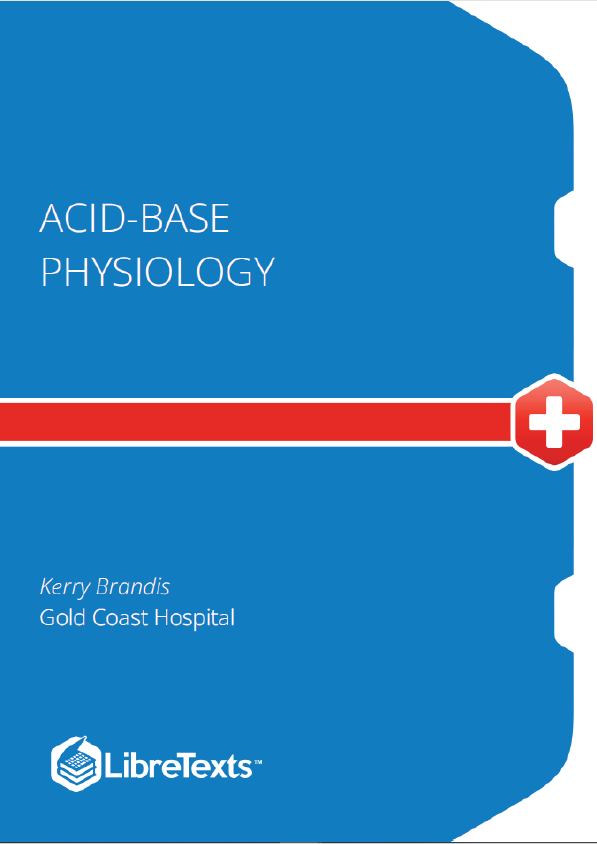As a neophyte to acid-base analysis, you will generally consider this a pretty daunting topic. You will notice that arterial blood gas results are frequently ordered on ill patients but little comment is made on these in the patient record. It is certain that a lot of relevant clinical information is lost because of a lack of understanding of acid-base analysis. A particular aim of this book is to develop the subject gradually and systematically, and to lead you to a practical structured approach to analysis of blood gas results which you can use in your clinical practice. Because of the interaction of acid-base physiology with respiratory, cardiovascular, and renal systems and substrate metabolism, in particular, a set of blood-gas results can be a very useful teaching aid.
Approaches to understanding acid-base physiology
Traditional Approach
The discussion of acid-base physiology outlined in most of this book is the traditional empirical approach. The concepts and explanations of this approach are still the most common way that acid-base physiology is taught and understood by many clinicians.
But this is not the only approach.
Physico-chemical Approach
An alternative approach derived from physico-chemical principles was proposed by a Canadian physiologist, Peter Stewart in 1981. Alternative names for this approach are the “Stewart approach” and “Quantitative Acid-base Analysis”
The two approaches are very similar in the way that acid-base disorders are classified and measured. The major difference is in the explanation and interpretation of acid-base disorders and control mechanisms. Recent research has largely confirmed the correctness of the Stewart approach but it must be admitted that it will take quite some time for main-stream acid-base physiology teaching to catch up. Indeed, there has been some vitriolic resistance from the traditionalists.
The rest of this chapter discusses some introductory concepts.
What is an acid?
The term acid is derived from the Latin word acidus which means sour. Early chemists had a list of properties that were common to the substances that they considered to be acids or bases [eg acids had a sour taste, turned litmus red, reacted with some metals to produce a flammable gas (hydrogen) ..etc.. ]. They would assess a new substance as an acid or as a base (or as neither) by comparing the properties of the new substance against the list of properties.
The Arrhenius Theory
The first modern approach to acid-base chemistry was by Arrhenius in 1887. He defined an acid as a substance which was capable of dissociating in water solution to produce hydrogen ions. This definition identified most of the substances which were considered to be acids at that time. A base was defined as a substance which dissociated in water solution to produce hydroxide ions. The theory was not totally satisfactory for several reasons. For example, some substances which had acidic properties did not contain hydrogen and some bases did not contain hydroxide ions. The theory also applied only to aqueous solutions.











